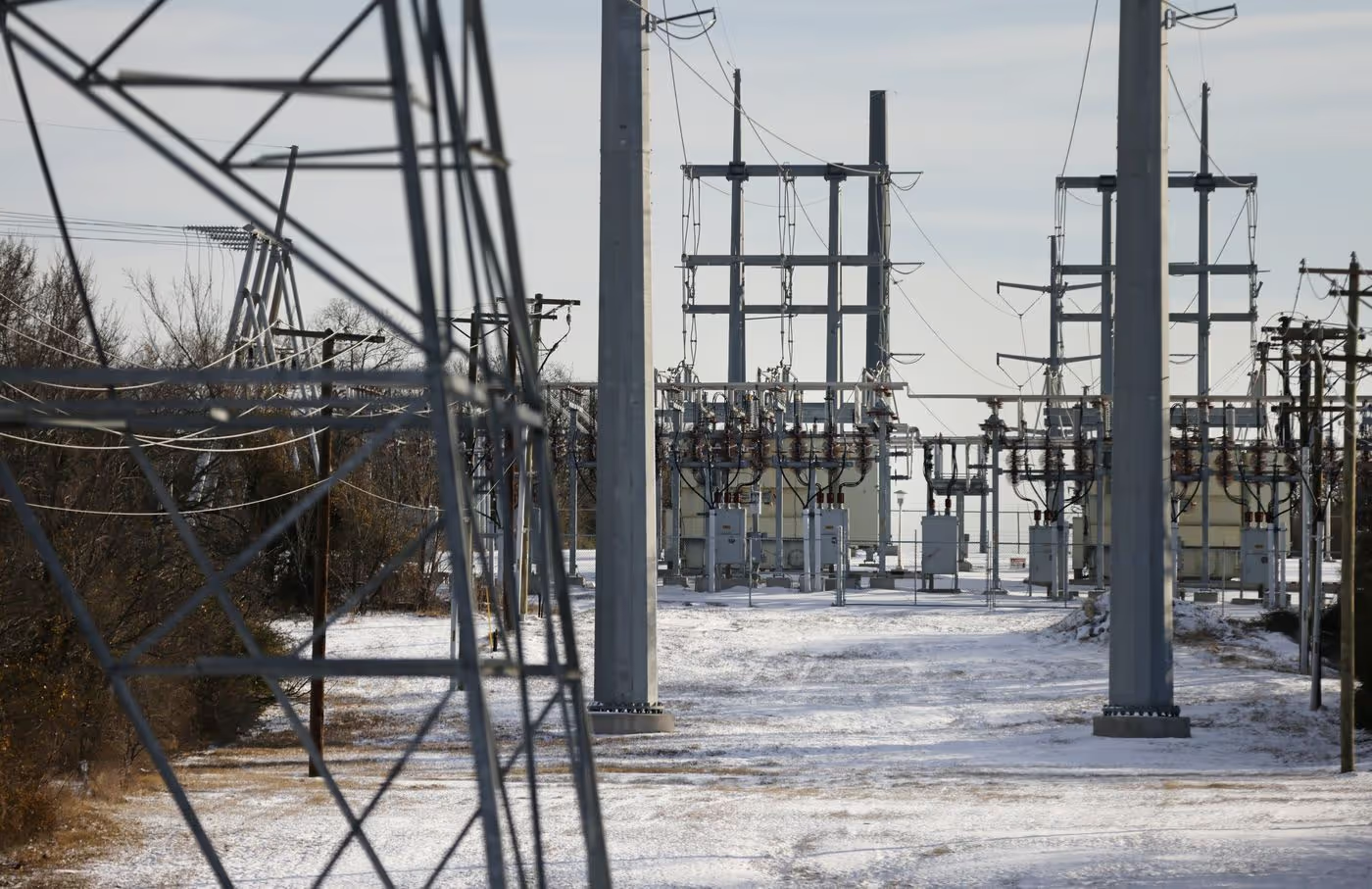
Exactly one year ago to the minute – February 15 at 1:25 a.m. – the power went out in Texas from a major winter storm. Eleven million people would lose power over the next three days, there would be 246 official deaths (though some say that number is as high as 700), Texas would lose somewhere between $80 and $130 billion (with entire cities going bankrupt), and the blame game began as to how it all happened.
It’s been one year since the Texas power grid disaster. What has changed since then?
IMPROVED WEATHERIZATION
One major factor behind the blackouts was a lack of weatherization. Many power plants had cold-related outages, and natural gas froze in the pipelines before it even reached many other power plants. On top of it all, the wind barely blew. As a result, we only had 9 GW of wind show up, combined with 25 GW of natural gas outages”). Once the ice thawed and the power was restored, the resounding consensus was that weatherization across the board was direly needed.
Since then, the Texas Legislature passed Senate Bill 3 that would, among other things:
- Require power generators and transmission lines to weatherize, as well as gas facilities that are deemed “critical.”
- Levy a $1 million fine per day for each entity that didn’t weatherize.
But this “critical” designation opened up a giant loophole for gas facilities. The Railroad Commission, which oversees the gas industry and has huge lobbying power in the state, proposed a $150 fine each facility could pay to opt-out of weatherization.
After some blowback, they have since said they would require pipelines, processing plants and some wells to winterize. But already there have been lots of delay tactics. These rules won’t be finalized until the end of 2022, leaving much time for more changes.
ENERGY PRICES & THE MARKET CAP
Energy companies lost billions of dollars from the storm and they will be looking to recoup those costs somehow. After ERCOT massively misforecast demand for the coldest days (detailed in depth by Amperon’s data science team), a lot of retailers had to buy energy on the real-time market, where the PUC artificially forced prices to stay at the maximum rate of $9/kWh for four full days, even though it became clear pretty quickly the high prices had little impact on encouraging more generation to come online.
Lawmakers have passed multiple bills in response that would:
- Lower the market cap from $9/kWh to $5/kwh as “the price cap of $9,000 per MWh has proven to be a liability on market participants and customers of ERCOT,” according to the PUC.
- Allow companies to recoup their losses of billions of dollars through rate-payer bonds that will show up as extra charges on consumers’ electricity bills – a bailout tool Texas leads the U.S. in. The money will go to gas utility companies, rural electric co-ops and retail electric providers. It is not clear how long this extra tax will last.
With companies looking to make up for lost profits, electricity rates will be going up. Comparing plans on Power To Choose from February 2021 to February 2022, rates have already increased by 13% for 500 kWh, 20% for 1,000 kWh and 23% for 2,000 kWh. Even the average cancellation fee increased from $124 to $140. While these companies will be getting help, it looks like the consumers will be getting little relief and will bear the brunt of the grid failures.
GOODBYE TO WHOLESALE
Everybody needs a boogeyman to blame when things go wrong. So when Texas consumers got $17,000 electric bills, a lot of focus centered on pass-through, wholesale energy plans, with time-of-use retailer Griddy being the main culprit.
Even though only about 25,000 out of Texas’ 11.7 million electricity customers were on Griddy, Texas legislature’s first major bill out of the storm fiasco was to:
- Ban wholesale electricity bills for residential and small-business customers.
While consumers should not be on the hook for these bills, this legislation will put a pause on innovation for a bit. Griddy’s model was an attempt to see if time-of-use could impact on consumer load – which helps balance the grid, reduces carbon emissions, and prevents blackouts. Instead of lawmakers working for a way forward that shields consumers from giant risk, while also incentivizing energy conservation – they just banned it outright.
We’d like to think last year was a wake-up call – if a similar major blackout hadn’t already happened in 2011. Back then they also called for more winterization and preparedness and wanted to make sure what happened then wouldn’t happen again. Let’s hope lawmakers and regulators have finally learned their lesson after second time’s the charm.
There is no one person or entity to blame for what happened last February. But there is one thing for sure: the energy transition is happening. There are going to be more extreme weather events; grid operators will have to prepare for two annual peaks, not just one; more renewables will be coming online, making major changes to generation.
WHERE WERE AMPERON EMPLOYEES DURING THE BLACKOUT?
While we were recapping what happened last year, a couple of Amperon employees shared what they were doing when the power went out in Texas.



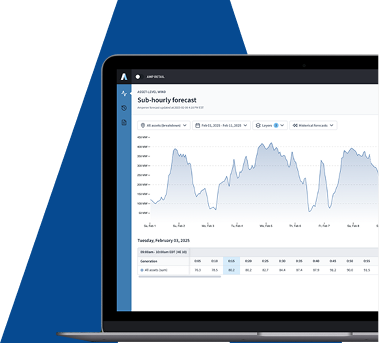
.svg)


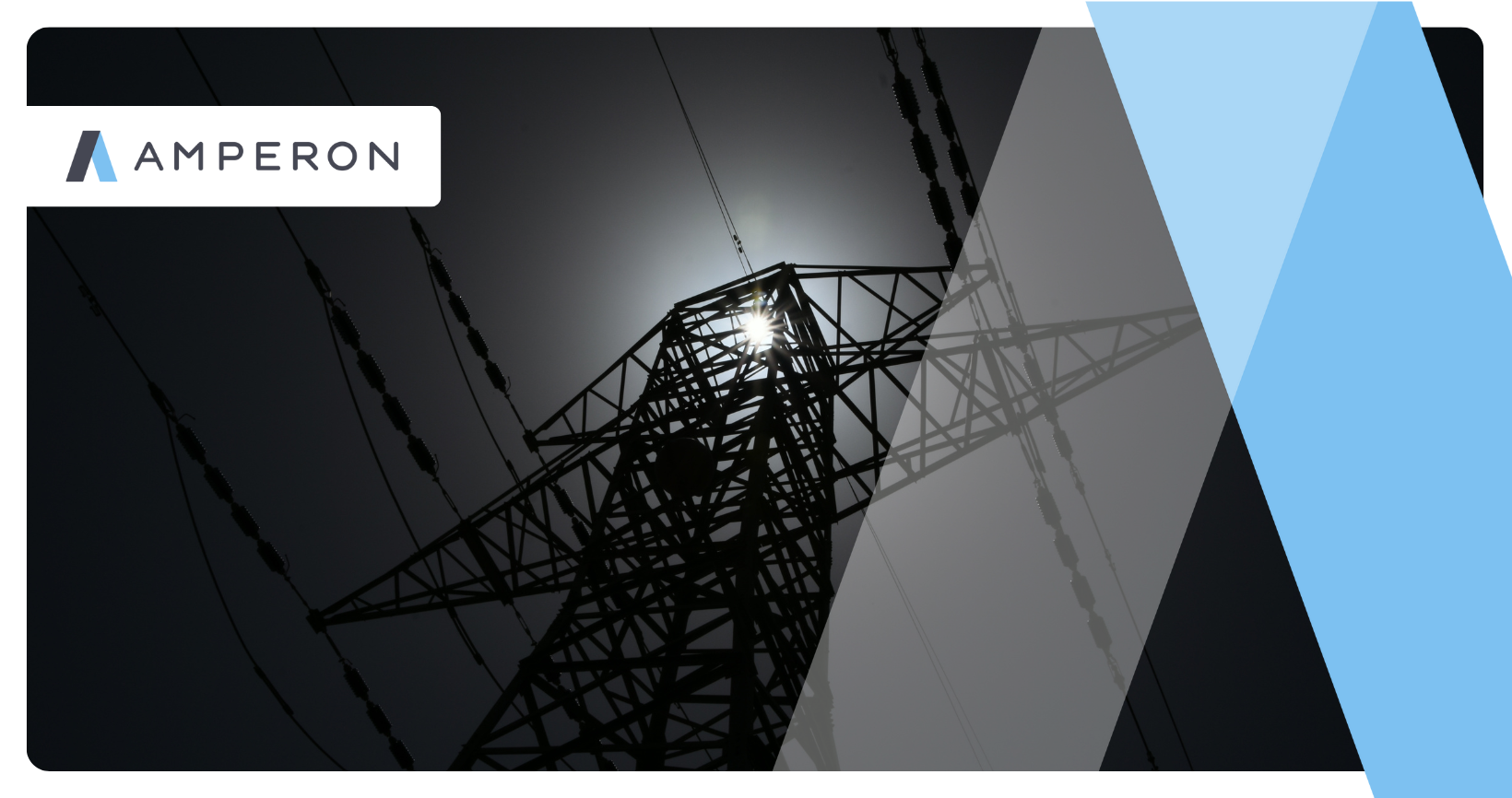

%20(3).png)
%20(2).png)
%20(1).png)







.png)

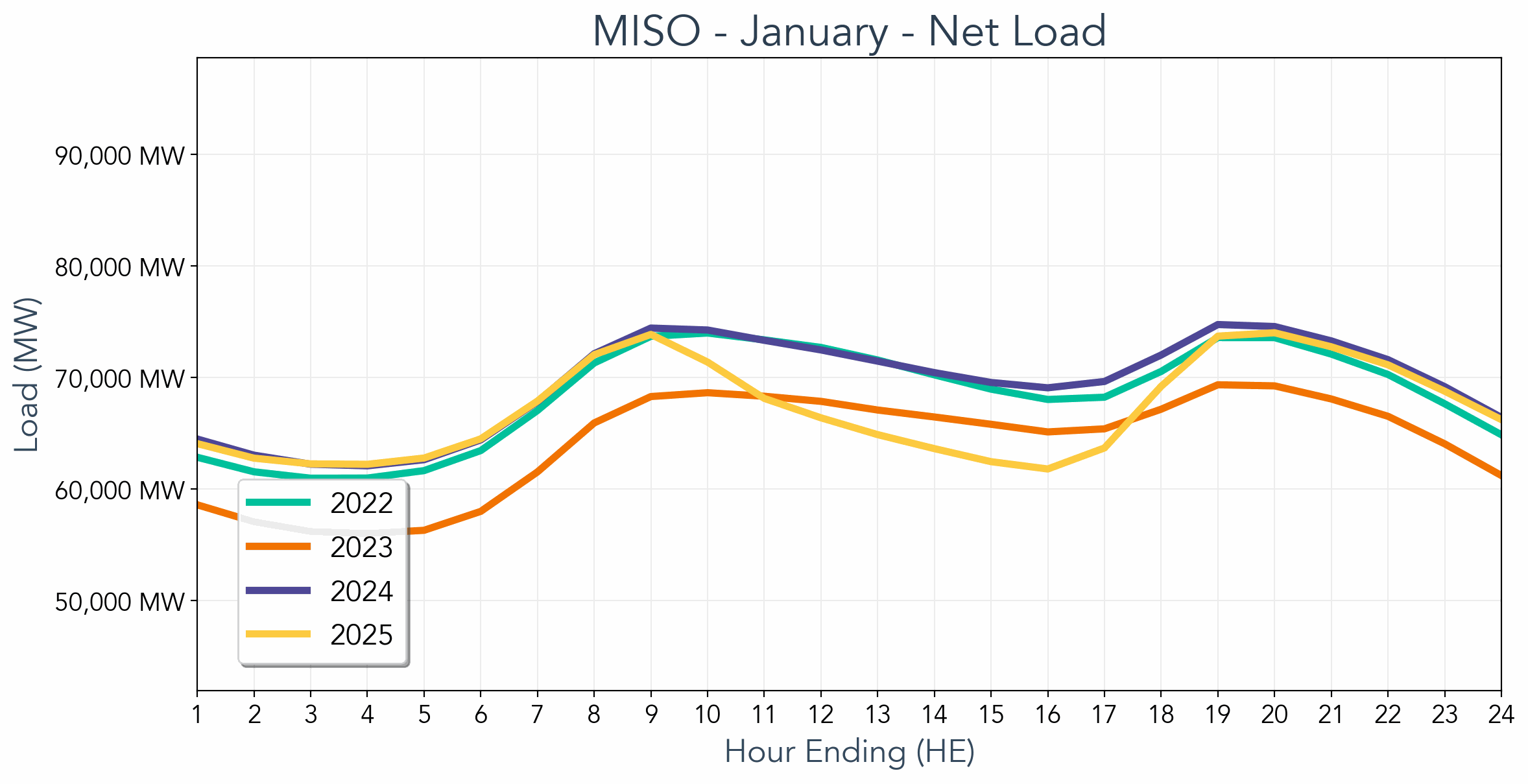

.avif)



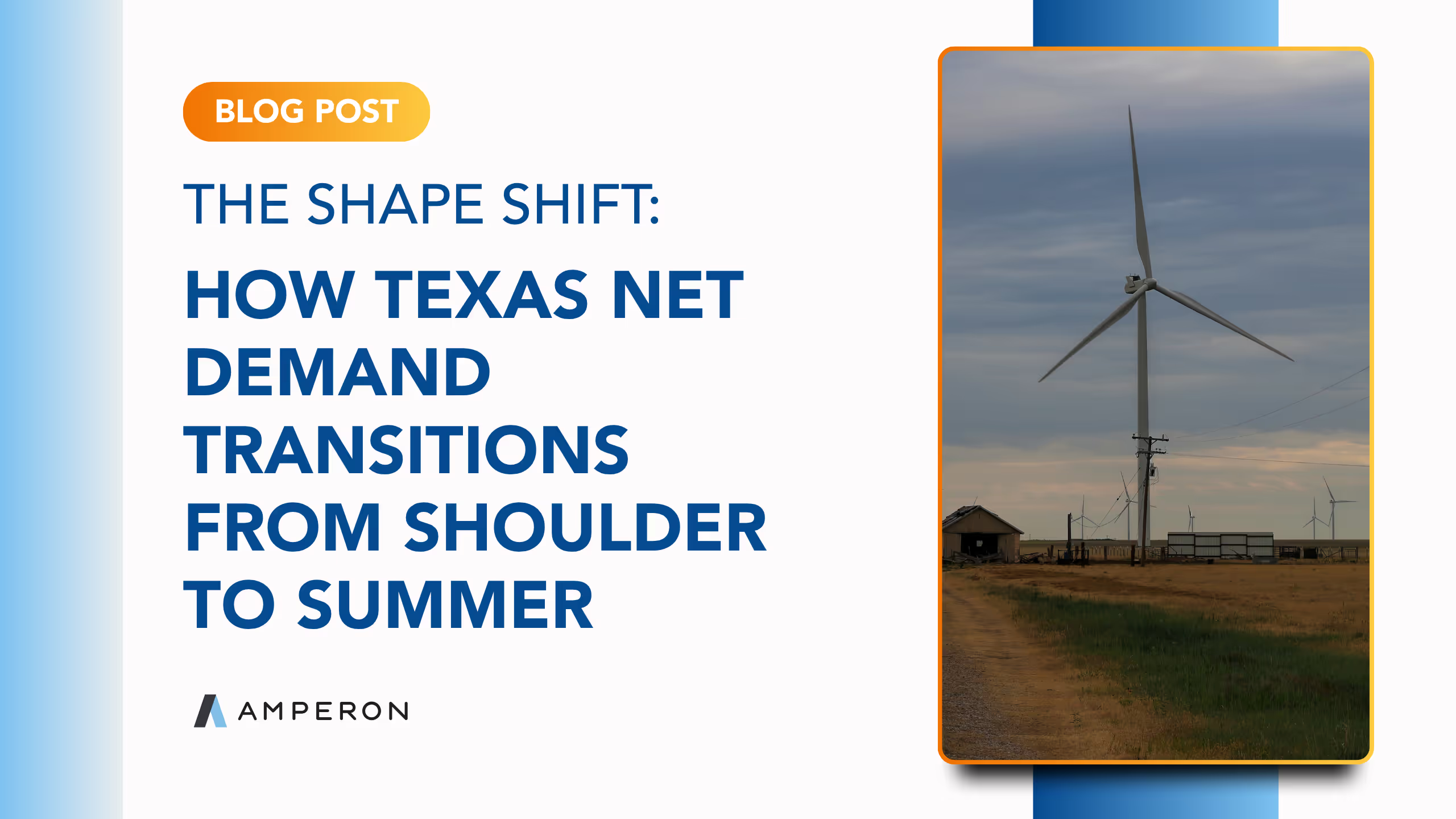
.avif)

.avif)
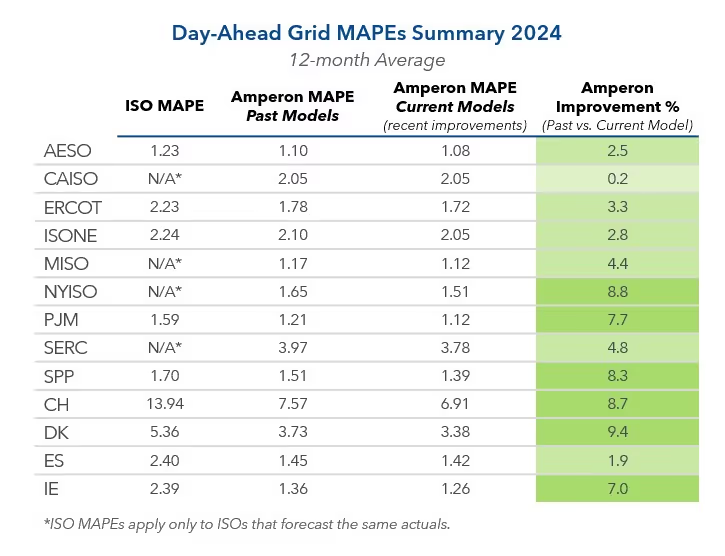

.avif)
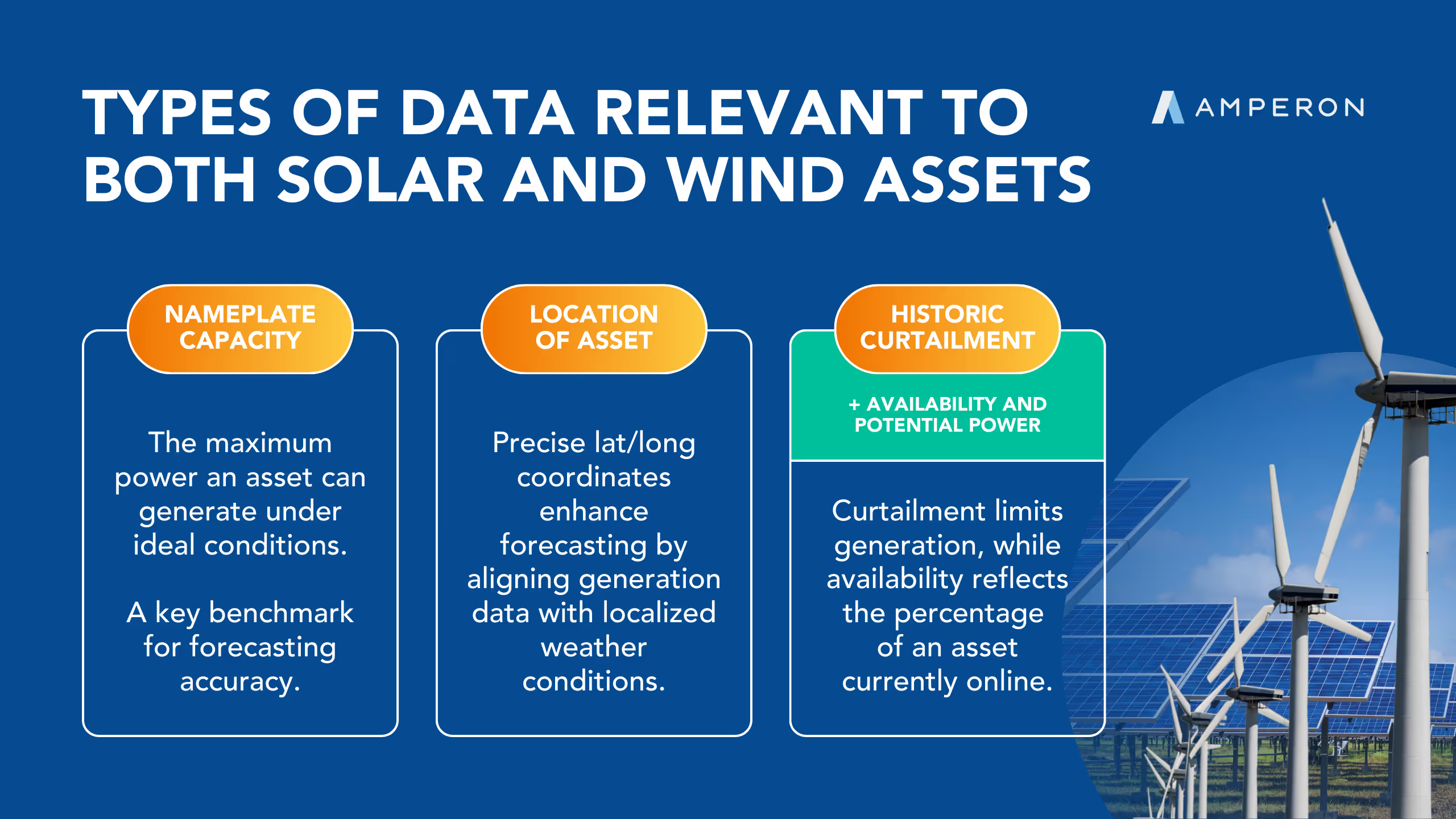
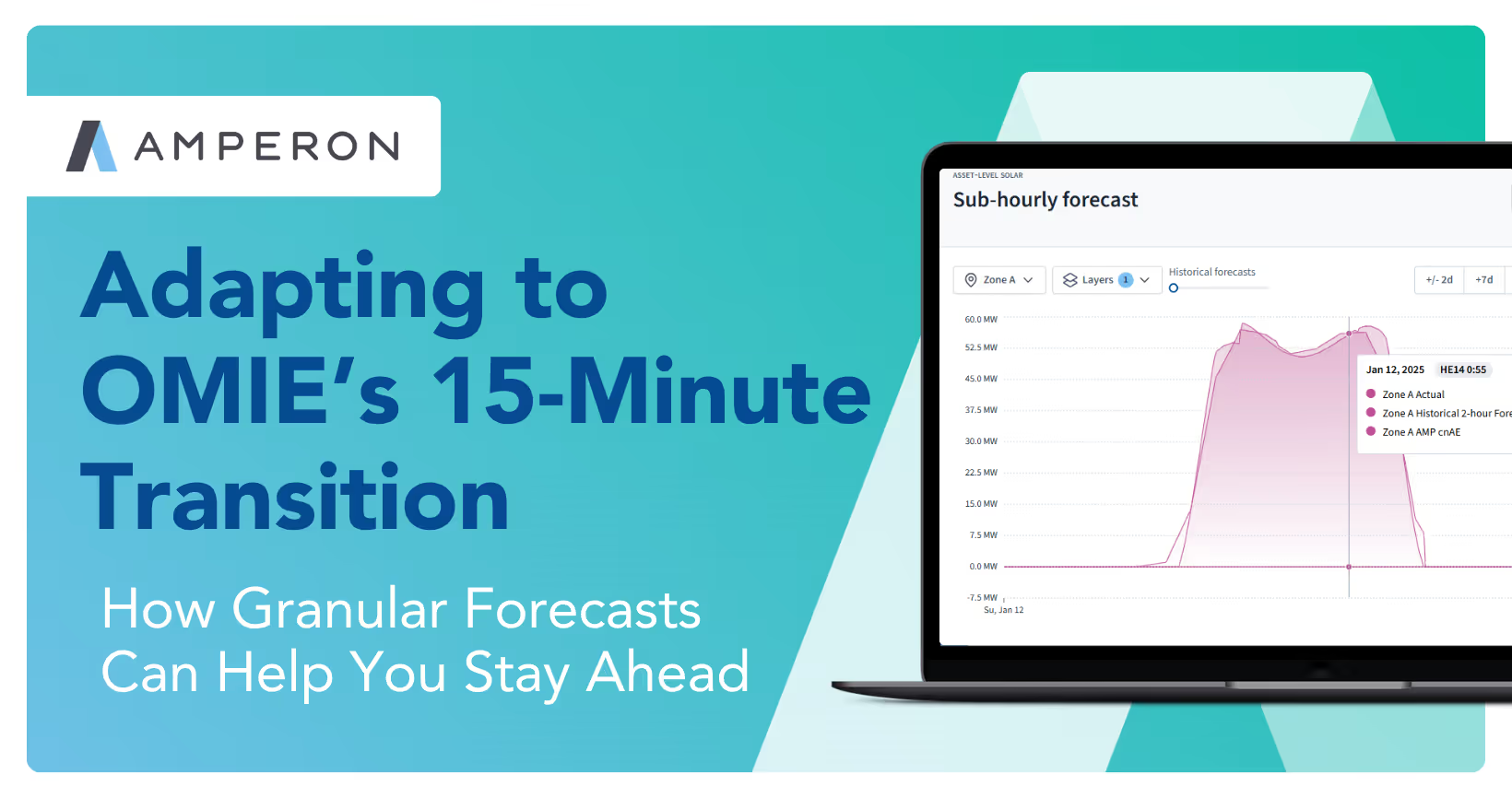

.avif)
%20(15).avif)
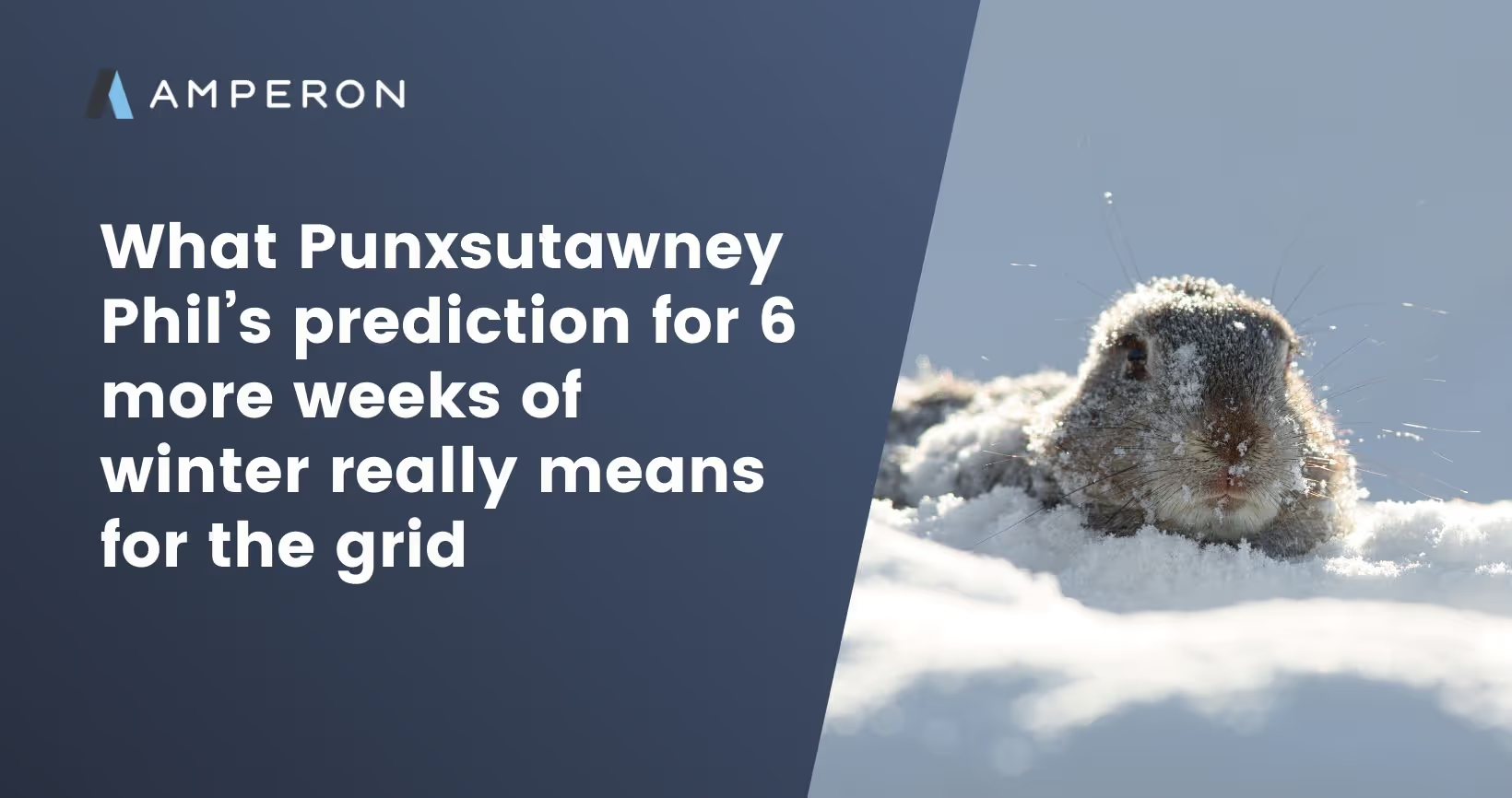
.avif)
%20(10).avif)

.avif)
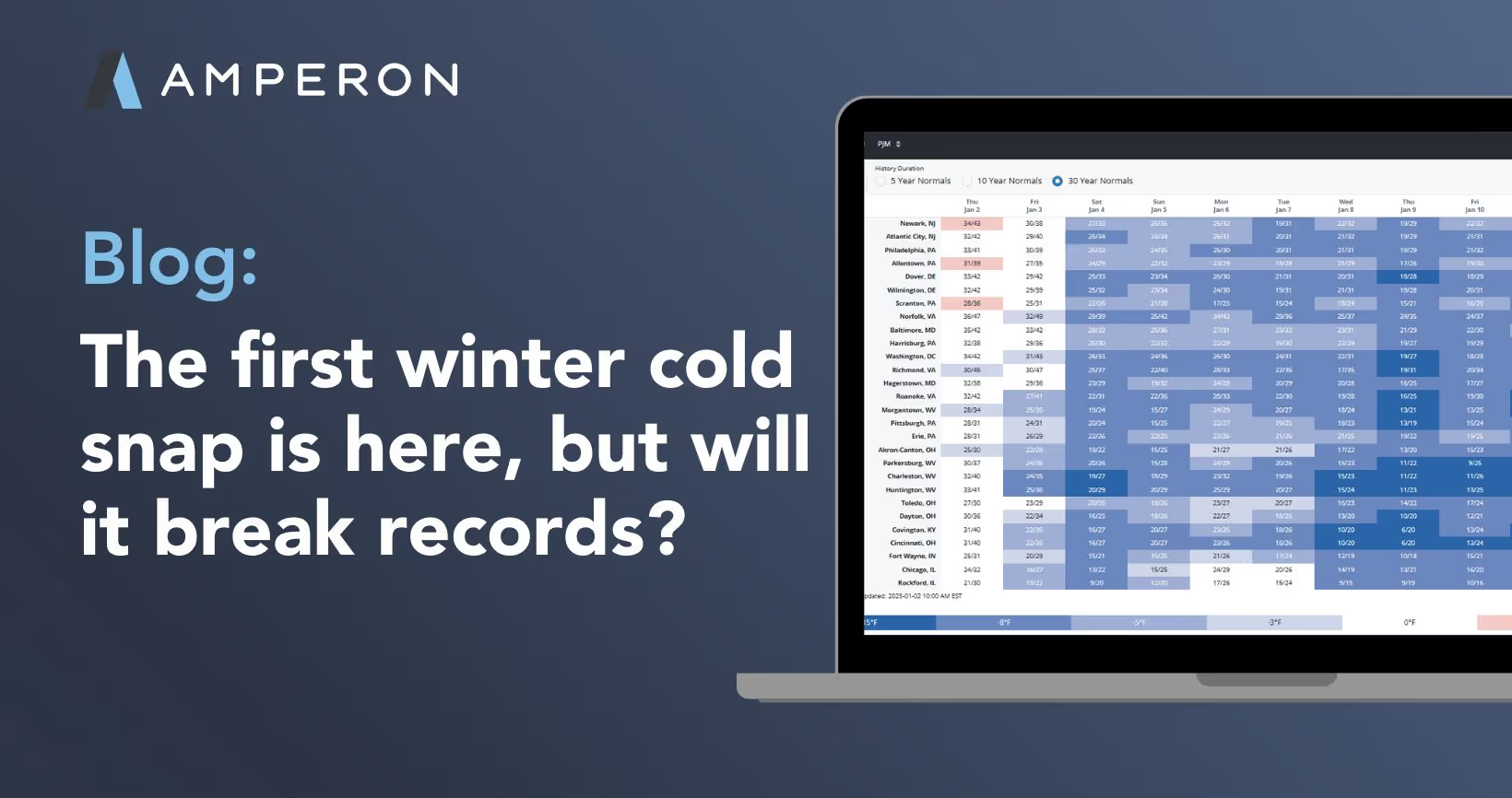

.avif)
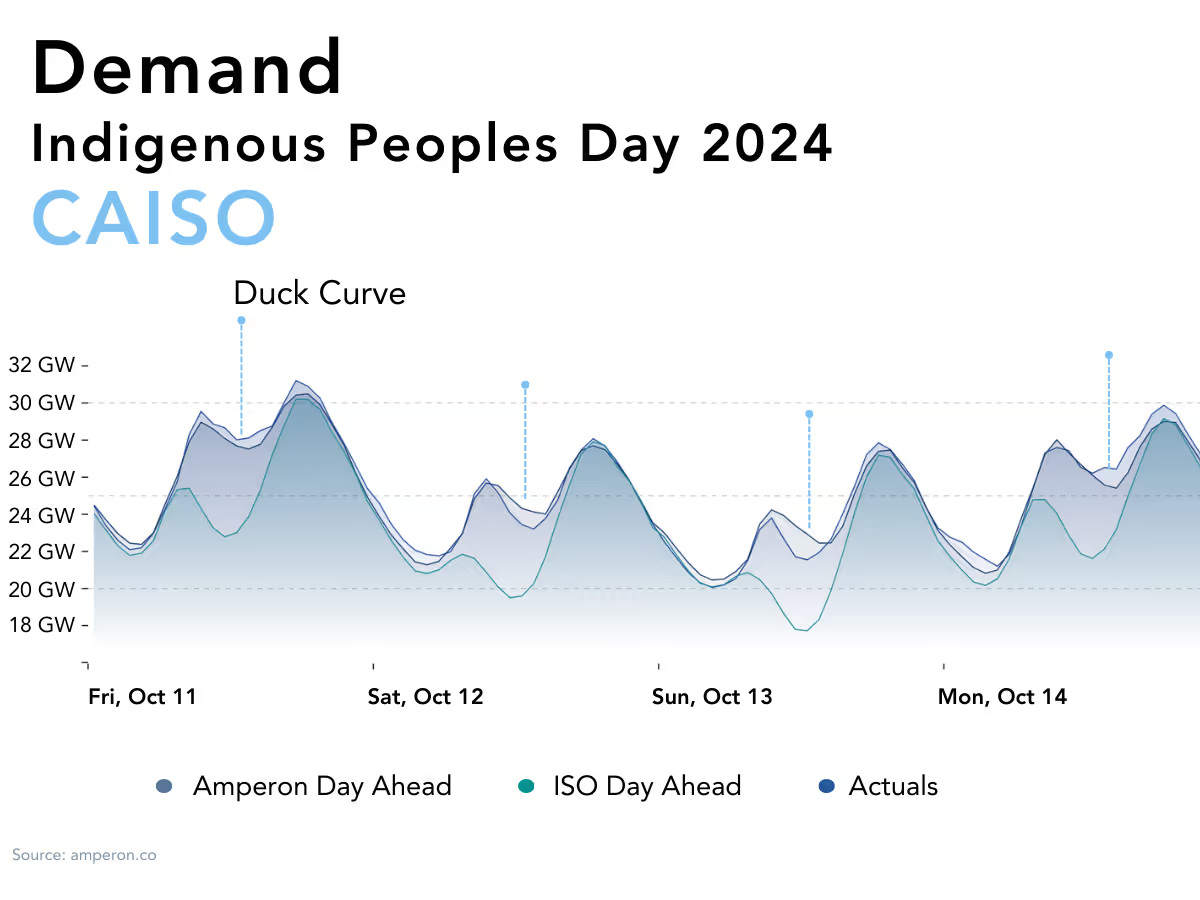
.avif)



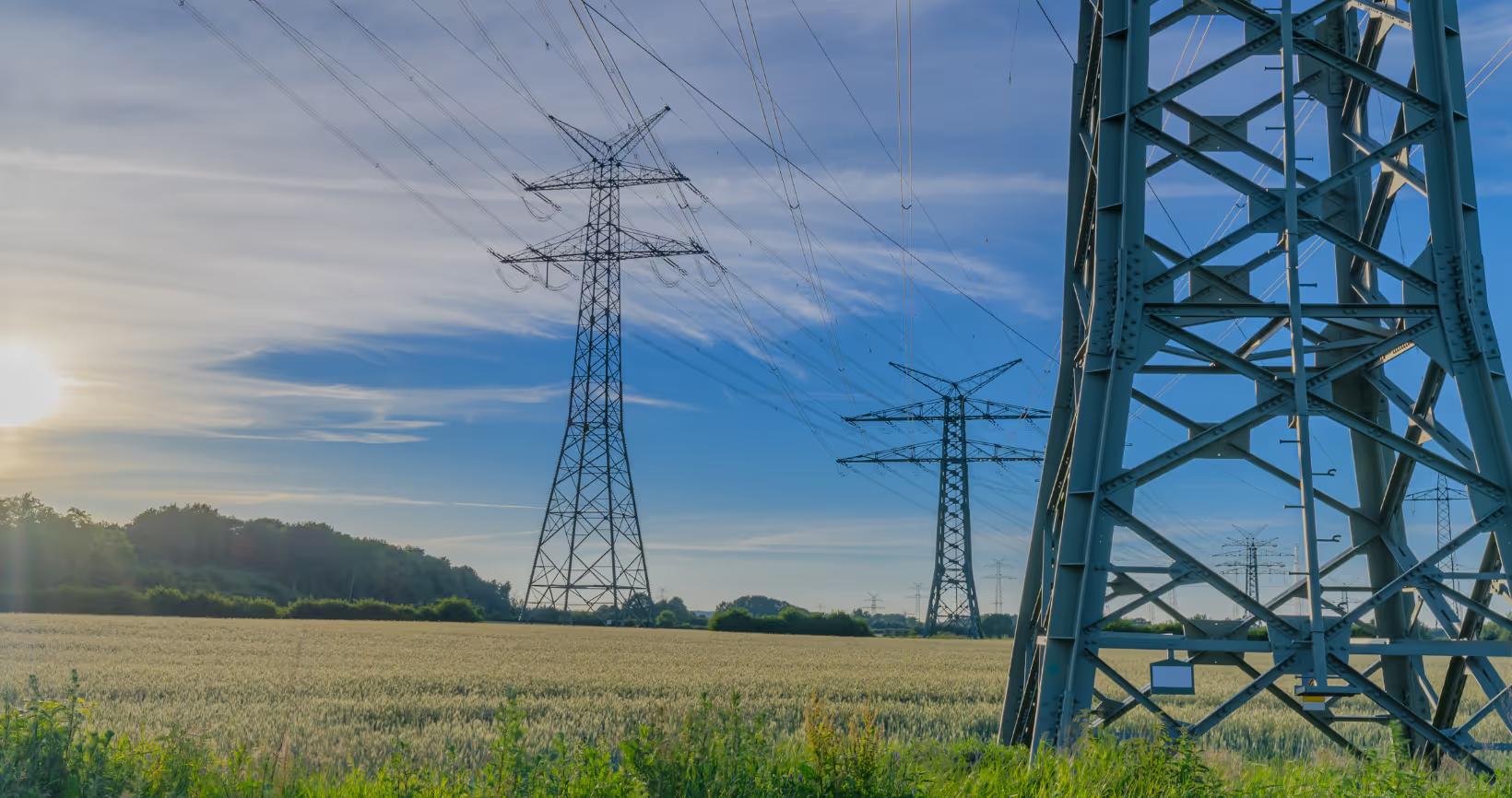


.avif)



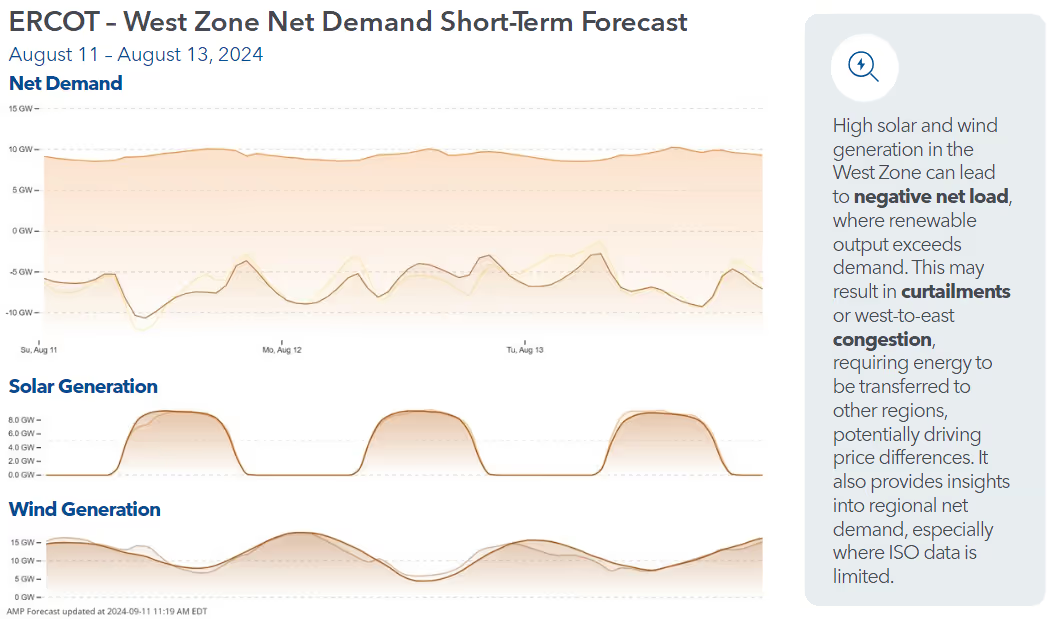



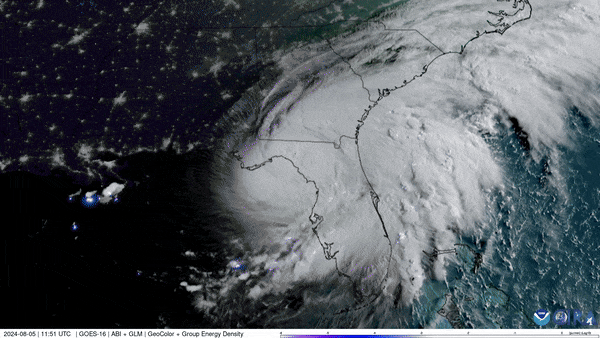

.avif)

.avif)
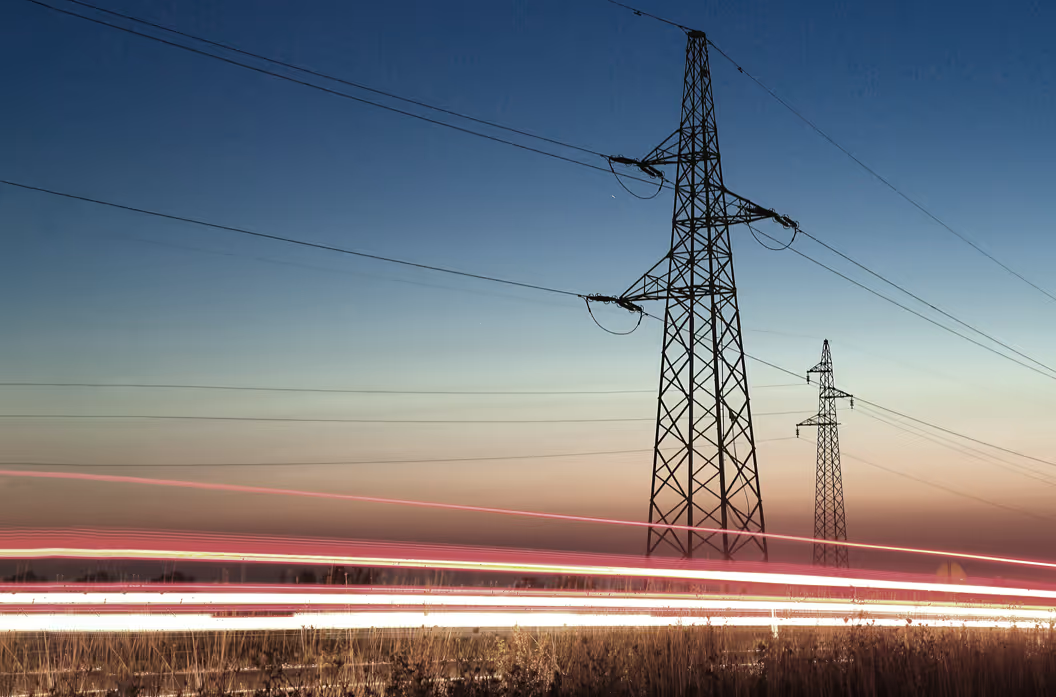



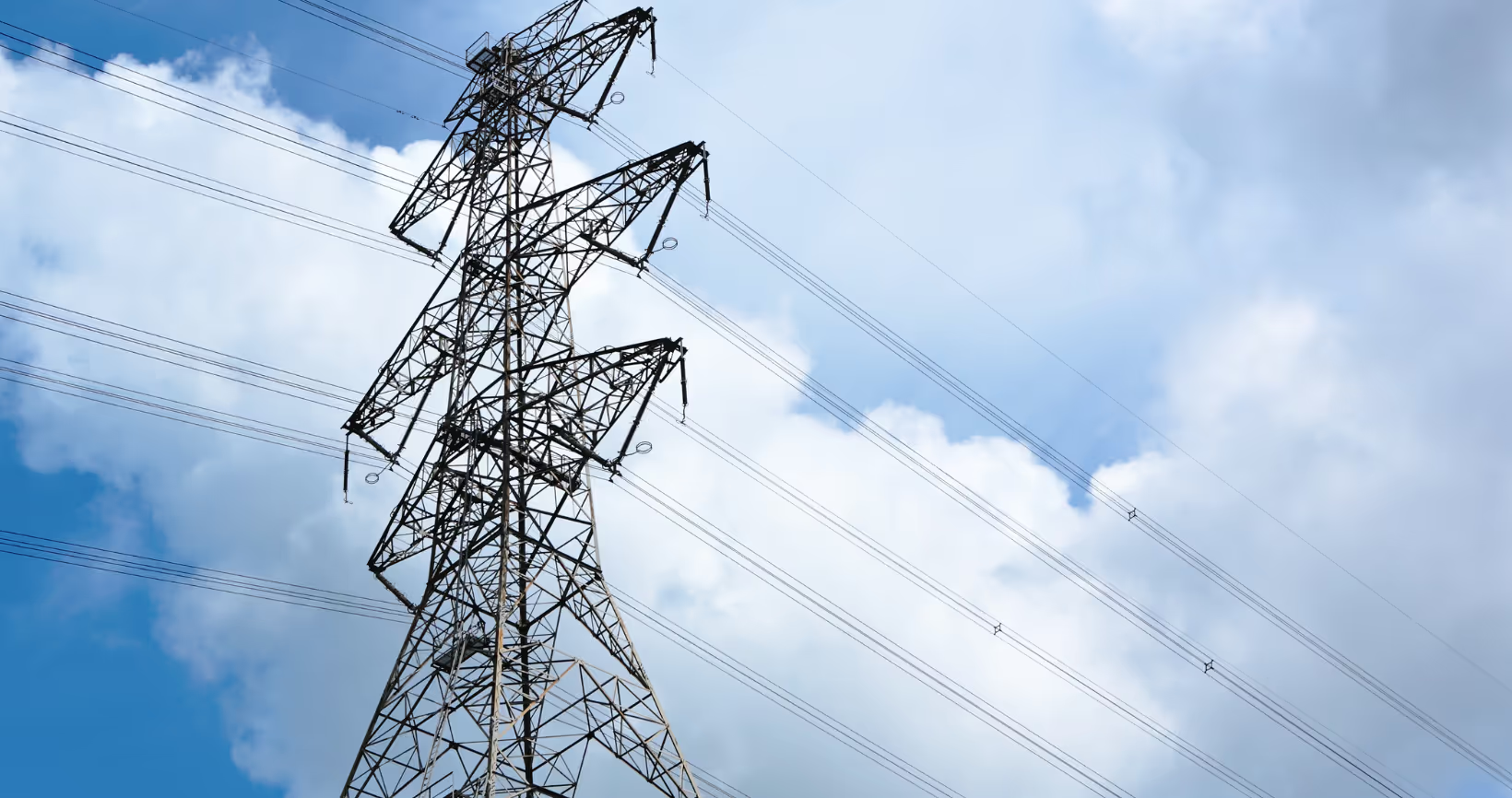
.avif)

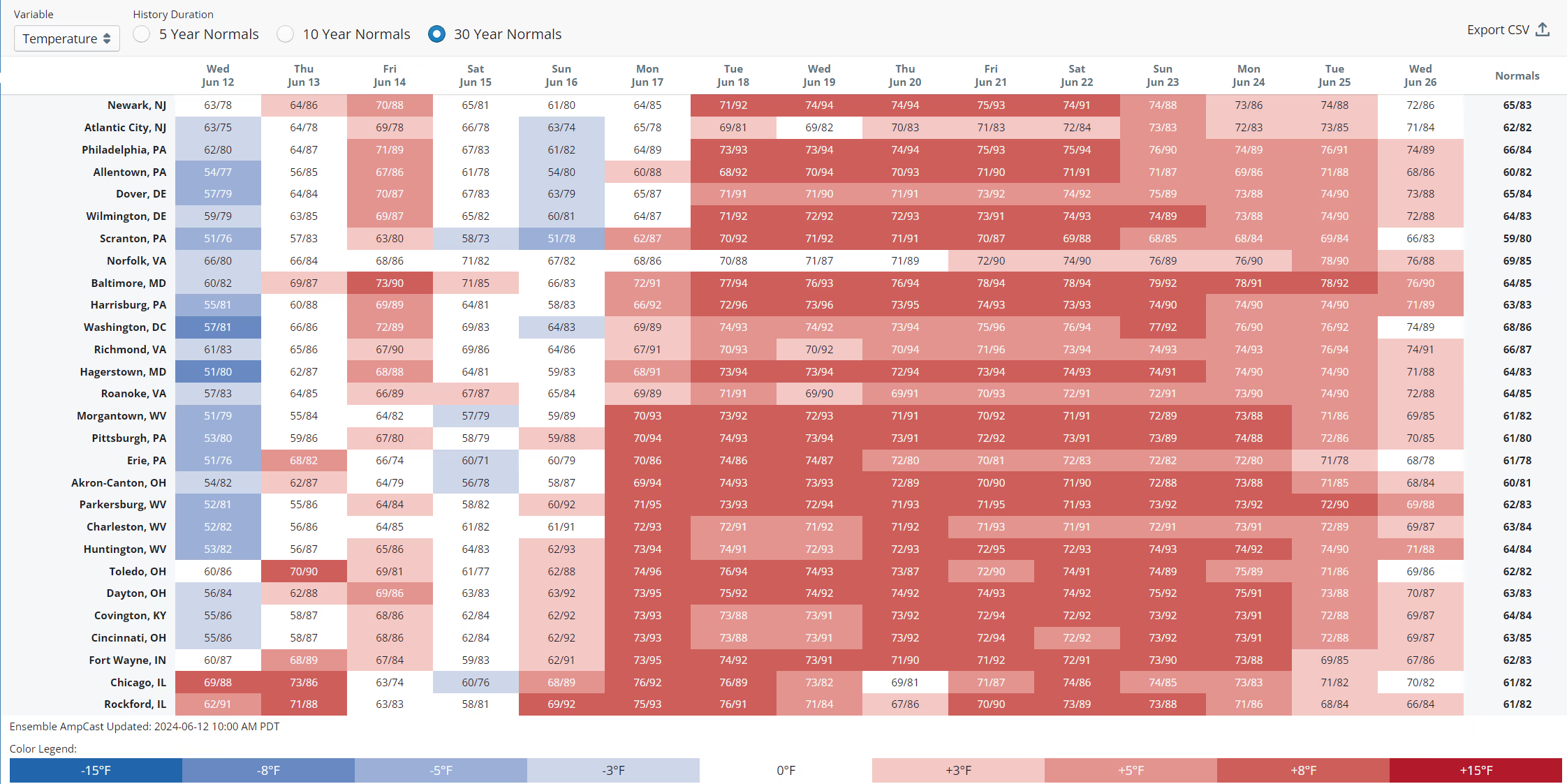
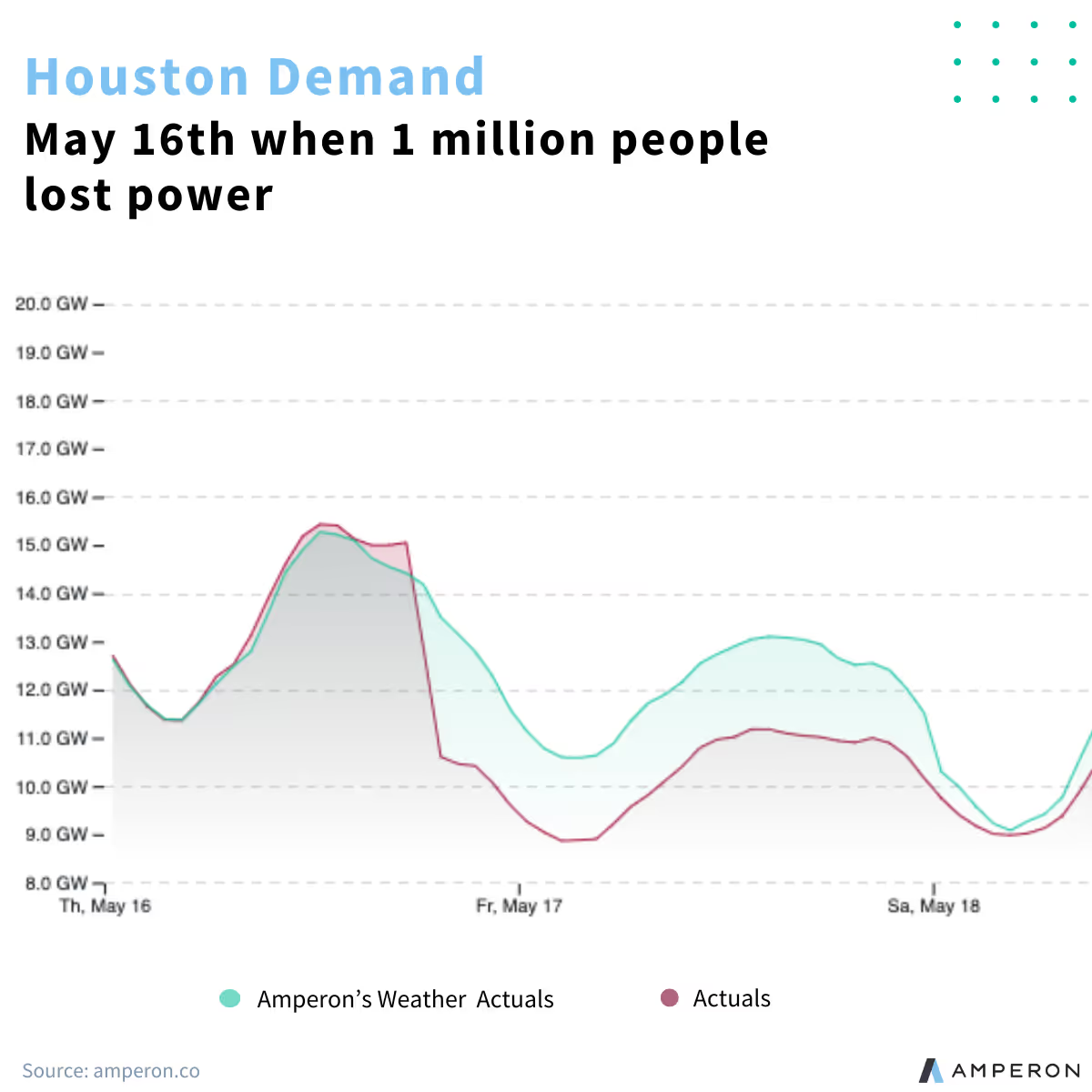


.avif)
.avif)
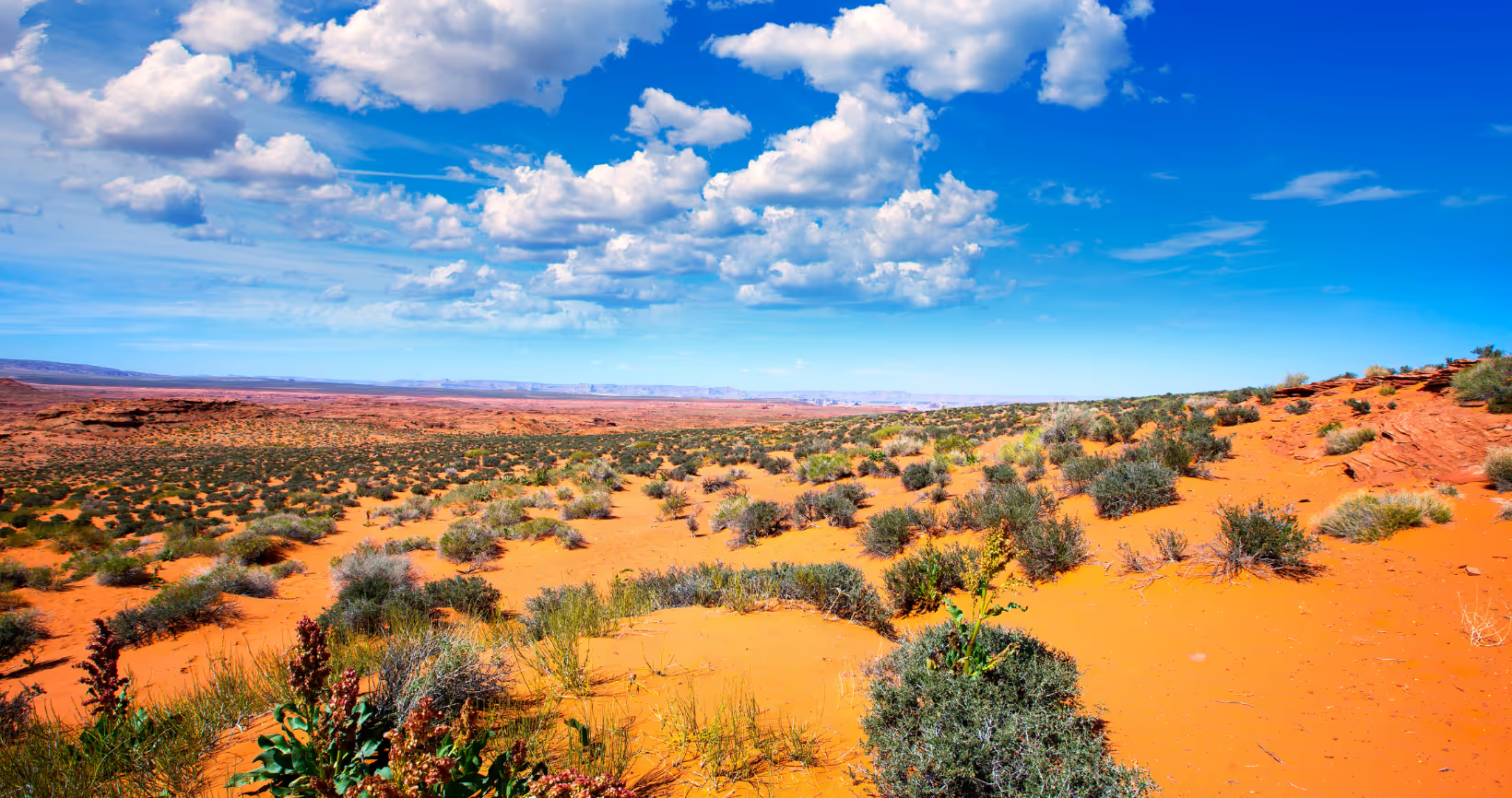


.avif)

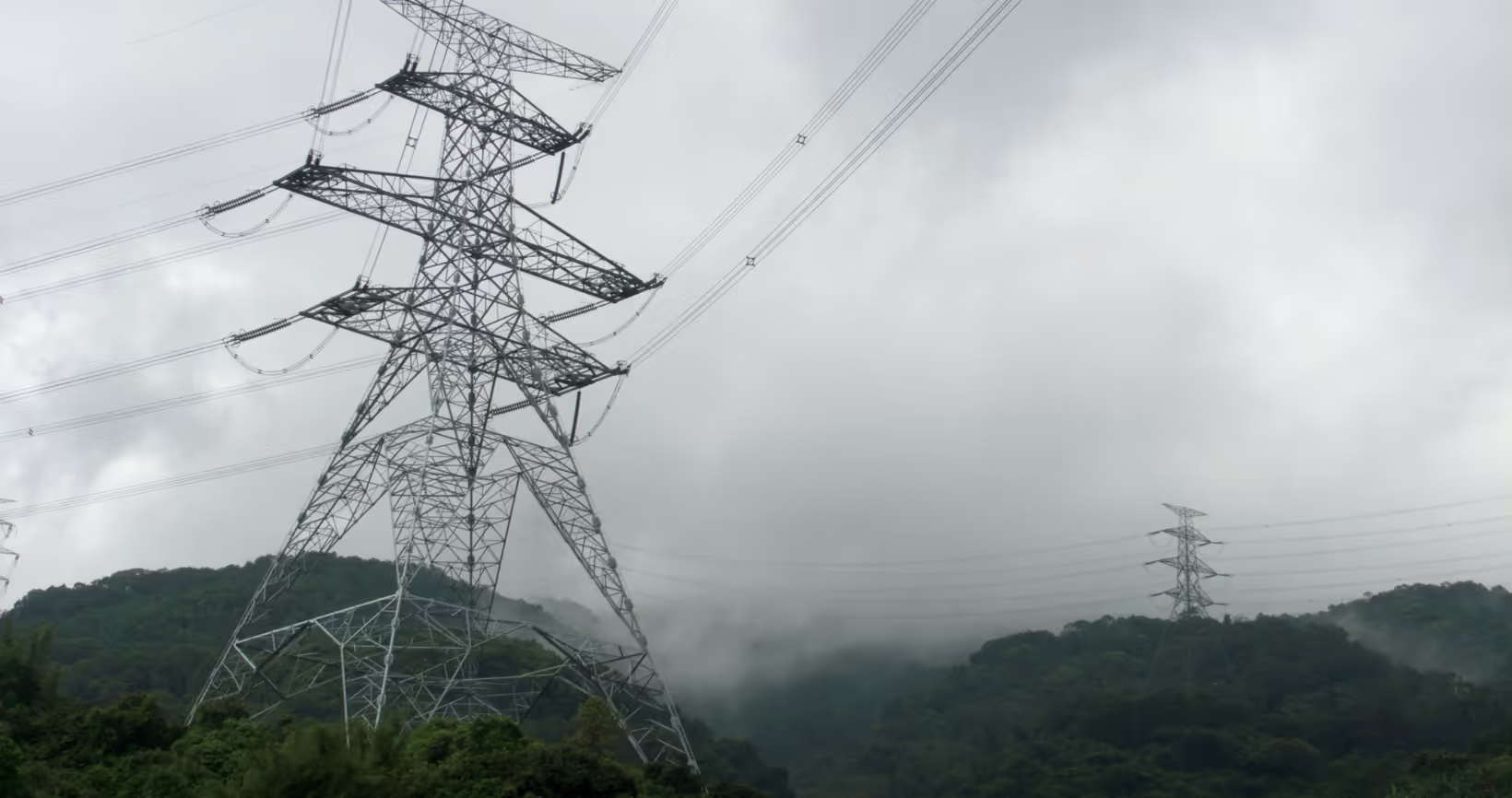


.avif)


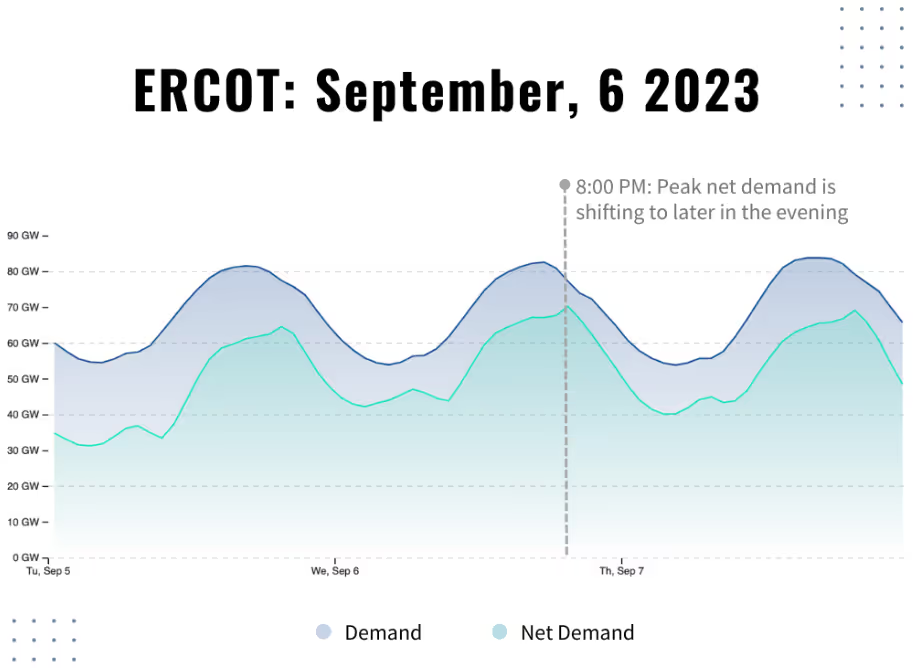
.avif)
.avif)



